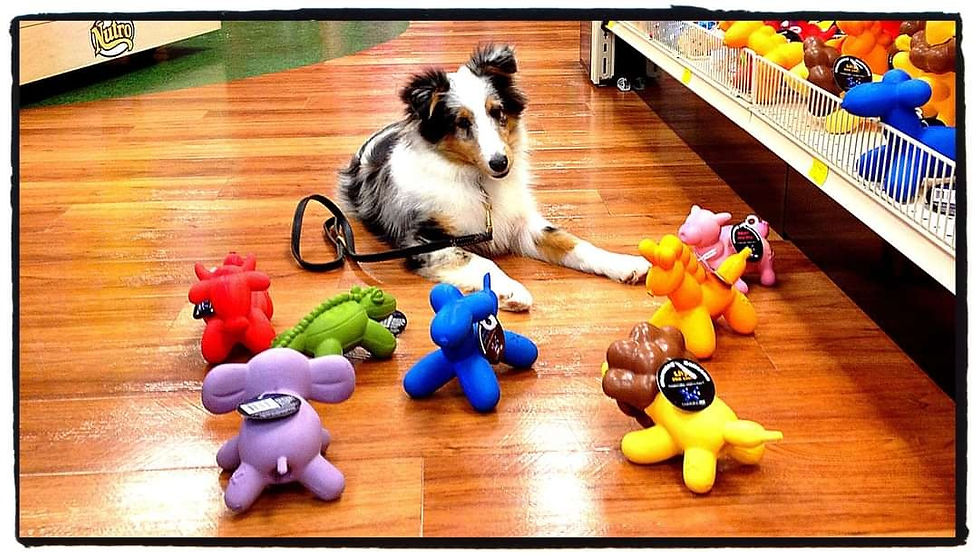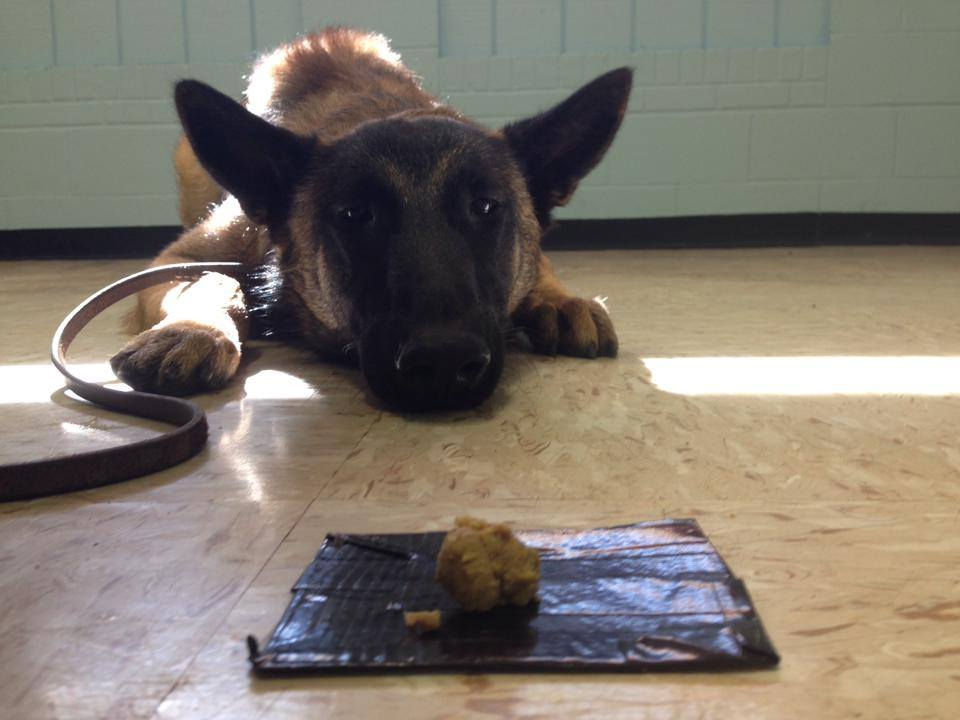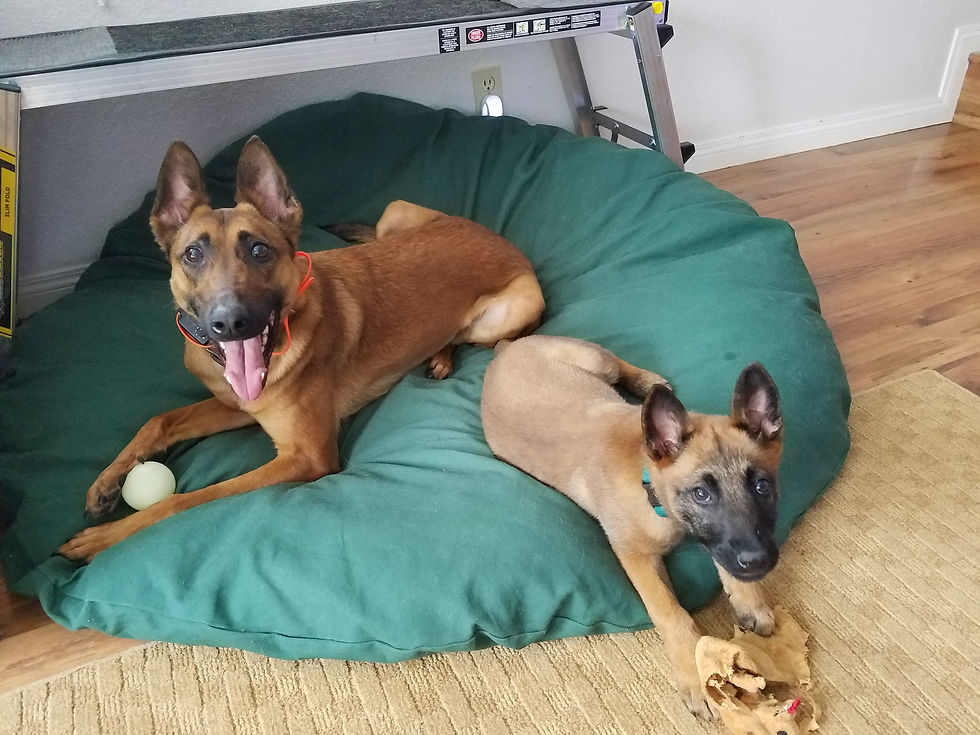Conquering Resource Guarding: Transform Your Dog into a Confident Companion
- Alison Geiger Miller
- Aug 12
- 4 min read
Resource guarding can be a serious challenge for dog owners, but addressing it effectively can lead to a more relaxed and confident pet. This behavior, which involves dogs protecting their belongings like food, toys, and resting spots, often arises from anxiety or dominance. Luckily, with the right techniques, you can help your furry friend understand proper behavior around possessions. This guide will provide actionable strategies to manage and transform resource guarding into a more manageable behavior.
Understanding Resource Guarding
Resource guarding is an instinctual behavior in many dogs, rooted in the survival tactics of their wolf ancestors. While it may appear troubling, especially if it results in aggressive actions, recognizing that it often comes from a place instinct is crucial. Your dog doesn't understand that protecting an object from you affects you emotionally. Awareness of these underlying feelings is the first step toward resolving the issue.
Pay careful attention to your dog’s body language. Signs of resource guarding include not just growling or barking, but also subtle cues like stiffening or changing posture when someone approaches their valued items or shifting of their eyes. For instance, a study revealed that up to 50% of dog owners reported some form of resource guarding in their pets. Recognizing these signs early can set the stage for successful training.

Assess the Severity
Before you begin training, it’s important to assess how serious your dog's guarding behavior is. A dog that just growls at someone near their food bowl may need a different strategy than one that snaps aggressively. Consider recording your observations over a week to identify patterns and triggers. This will help a professional trainer better understand the level of resource guarding and the best route to address the behavior.
For minor cases, you can effectively work on strategies at home. Knowing where you stand helps create a tailored training plan that addresses your dog’s specific needs. If you are unsure of severity, feel free to reach out to us for guidance!
Establish a Safe Training Environment
Create a positive and safe space for training sessions. Choose a quiet, distraction-free area where your dog feels secure—this might be your living room or even a quiet patio. Such an environment allows your dog to concentrate and reduces the risk of unexpected triggers that provoke guarding.
During your initial training, patience is key. Approach each session with calm confidence. Using high-value treats, praise, and gentle encouragement helps build trust.
Implement Desensitization Techniques
Desensitization is a valuable method in curbing resource guarding. The aim is to gently expose your dog to situations that trigger their guarding instincts in a way that feels safe for them.
For example, if your dog guards their food bowl, place it down but don’t allow them to approach just yet. From a comfortable distance, toss some tasty treats toward them. This creates a positive association between your presence and enjoyable experiences. Research indicates that this technique improves positive responses by over 60% in many cases. As your dog becomes more comfortable, gradually decrease the distance and eventually touch the item while providing treats. This structured exposure helps your dog gain confidence.

Teach “Recall” and “Leave It” Commands
Incorporating effective commands can further help manage resource guarding behaviors. Teaching your dog the “recall” away from an item is particularly beneficial. Here’s a simple way to do this:
Start with Low-Value Items: Use a toy or item your dog does not value highly, such as an old chew toy.
Introduce a High-Value Treat: Call your dog to you and away from the object while holding the treat. When your dog willingly gives up the toy and comes to you, reward and praise them heartily.
Gradually Increase the Challenge: As your dog becomes comfortable, increase the value of the items in the recall scenario.
The “leave it” command is likewise essential. It encourages your dog to ignore certain items when you request.
Create Positive Associations with Approaches
To shift how your dog perceives people approaching their items, consistently create positive experiences. Practice regularly with family members or friends, encouraging them to pass by while your dog plays with a toy or eats. Depending on the severity of your dog's resource guarding, they should be on leash for safety reasons.
Establish a routine where, prior to anyone approaching, they toss a treat from a distance. This encourages your dog to remain calm and allows others to approach gradually. Reinforce this behavior with praise each time they respond positively. Never approach and try to take away an item.
Consistency is Key
Consistency is crucial for the success of any training program, especially in managing resource guarding. Ensure that everyone in your household is on the same page with the training strategies you're using. Unified support reinforces the desired behaviors and helps provide your dog with a stable learning environment.
Make sure that all family members understand the techniques being implemented and encourage the same behaviors. This joint approach can significantly enhance your training success.

Final Thoughts
Addressing resource guarding can be both challenging and rewarding. By employing these strategies with patience, understanding, and consistency, you can positively change your dog's behavior.
Celebrate every small victory; it contributes to larger improvements over time.
As you commit to understanding and supporting your dog through this journey, you will strengthen your bond while transforming them into a confident and happy companion ready to explore the world.


Comments